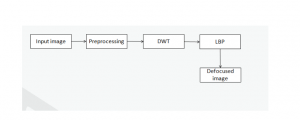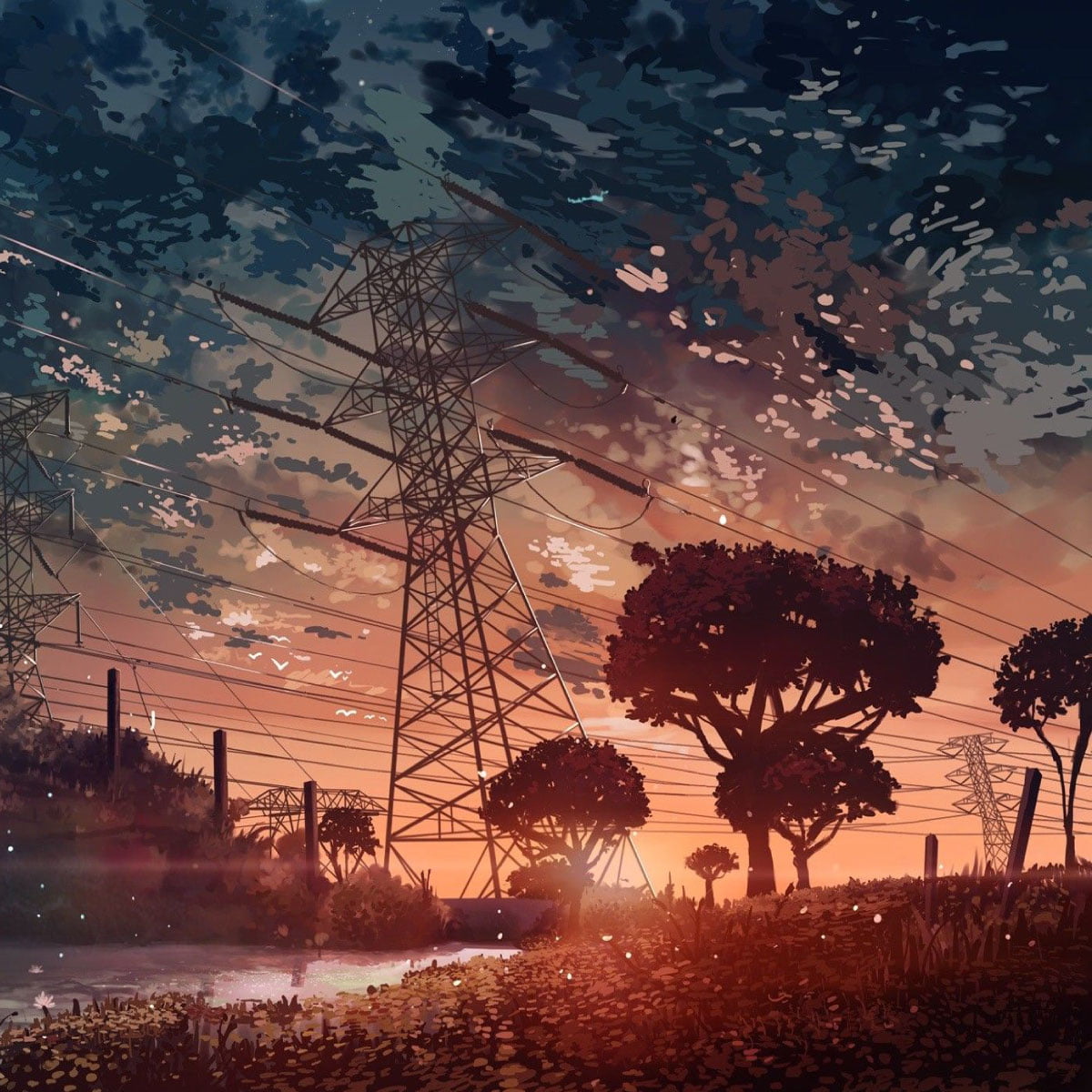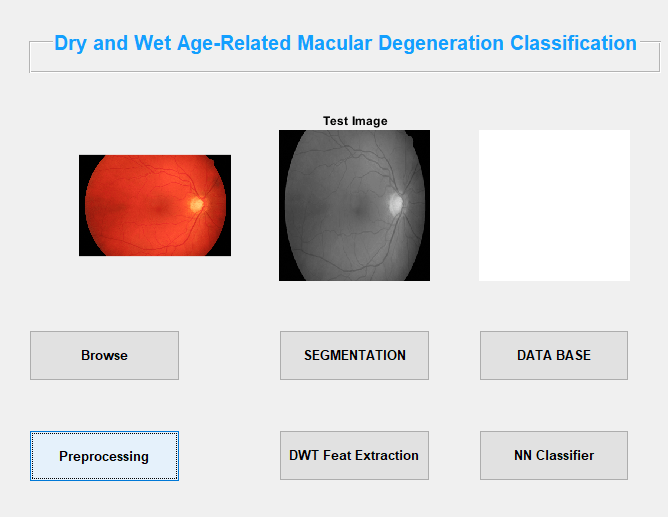Description
DWT Based Image Segementation of Defocus Blur
Abstract
Defocus blur is extremely common in images captured using optical imaging systems. It may be undesirable, but may also be an intentional artistic effect, thus it can either enhance or inhibit our visual perception of the image scene. For tasks, such as image restoration and object recognition, one might want to segment a partially blurred image into blurred and non-blurred regions. In this paper, we propose a sharpness metric based on local binary patterns and a robust segmentation algorithm to separate in- and out-of-focus image regions. The proposed sharpness metric exploits the observation that most local image patches in blurry regions have significantly fewer certain local binary patterns compared with those in sharp regions. Using this metric together with image matting and multi-scale inference, we obtained high-quality sharpness maps. Tests on hundreds of partially blurred images were used to evaluate our blur segmentation algorithm and six comparator methods. The results show that our algorithm achieves comparative segmentation results with the state of the art and has a big speed advantage over the others.DWT Based Image Segementation of Defocus Blur
DWT Based Image Segementation of Defocus Blur
INTRODUCTION
DEFOCUS blur in an image is the result of an out-of-focus optical imaging system. In the image formation process, light radiating from points on the focus plane is mapped to a point in the sensor, but the light from a point outside the focus plane illuminates a non-point region on the sensor known as a circle of confusion. Defocus blur occurs when this circle becomes large enough to be perceived by human eyes. In digital photography, defocus blur is employed to blur the background and “pop-out” the main subject using large-aperture lenses. However, this inhibits computational image understanding since blurring of the background suppresses details beneficial to scene interpretation. In this case, separation of the blurred and sharp regions of an image may be necessary so that post-processing or restoration algorithms can be applied without affecting the sharp regions, or so that image features are only extracted from in-focus regions.DWT Based Image Segementation of Defocus Blur
System Analysis
Existing Systems
- Principal Component Analysis
- DCT
- Restoration process
Drawbacks of Exisitng System
- High Computational time.
- Slow process for the large feature set.
- Less accuracy in classification
Proposed Method
- Preprocessing
- DWT
- LBP
- CNN
Advantages
- It is to be simple and effective
- DWT is performed well
- Better texture and edge representation
- Better efficiency
Block Diagram

Requirement Specifications
Hardware Requirements
- system
- 4 GB of RAM
- 500 GB of Hard disk
Software Requirement
- MATLAB 2014a
DWT Based Image Segementation of Defocus Blur
REFERENCES
- [1] Upadhyay, Y. and Wasson, V. 2014. “Analysis of Liver MR Images for Cancer Detection using Genetic Algorithm”. International Journal of Engineering Research and General Science. Vol.2, No.4, PP: 730-737.
- [2] Kumar, P. Bhalerao, S. 2014. “Detection of Tumor in Liver Using Image Segmentation and Registration Technique”. IOSR Journal of Electronics and Communication Engineering (IOSR-JECE). Vo.9, No.2, PP: 110-115.
- [3] Selle, D.; Spindler, W.; Preim, B. and Peitgen, H. O. 2000. “Mathematical Methods in Medical Imaging: Analysis of Vascular Structures for Liver Surgery Planning”. PP: 1-21.
- [4] Zimmer, C. and Olivo-Marin, J. C. 2005. “Coupled Parametric Active Contours”. Transactions on Pattern Analysis and Machine Intelligence. Vol.27, No.11, PP: 1838-1841.
- [5] Chitra, S. and Balakrishnan, G. 2012. “Comparative Study for Two-Color Spaces HSCbCr and YCbCr in Skin Color Detection”. Applied Mathematical Sciences. Vol.6, No.85, PP: 4229 – 4238.



































































































































































































































































































































































































































































































































































































































































































































































































































































































































































































































































Customer Reviews
There are no reviews yet.